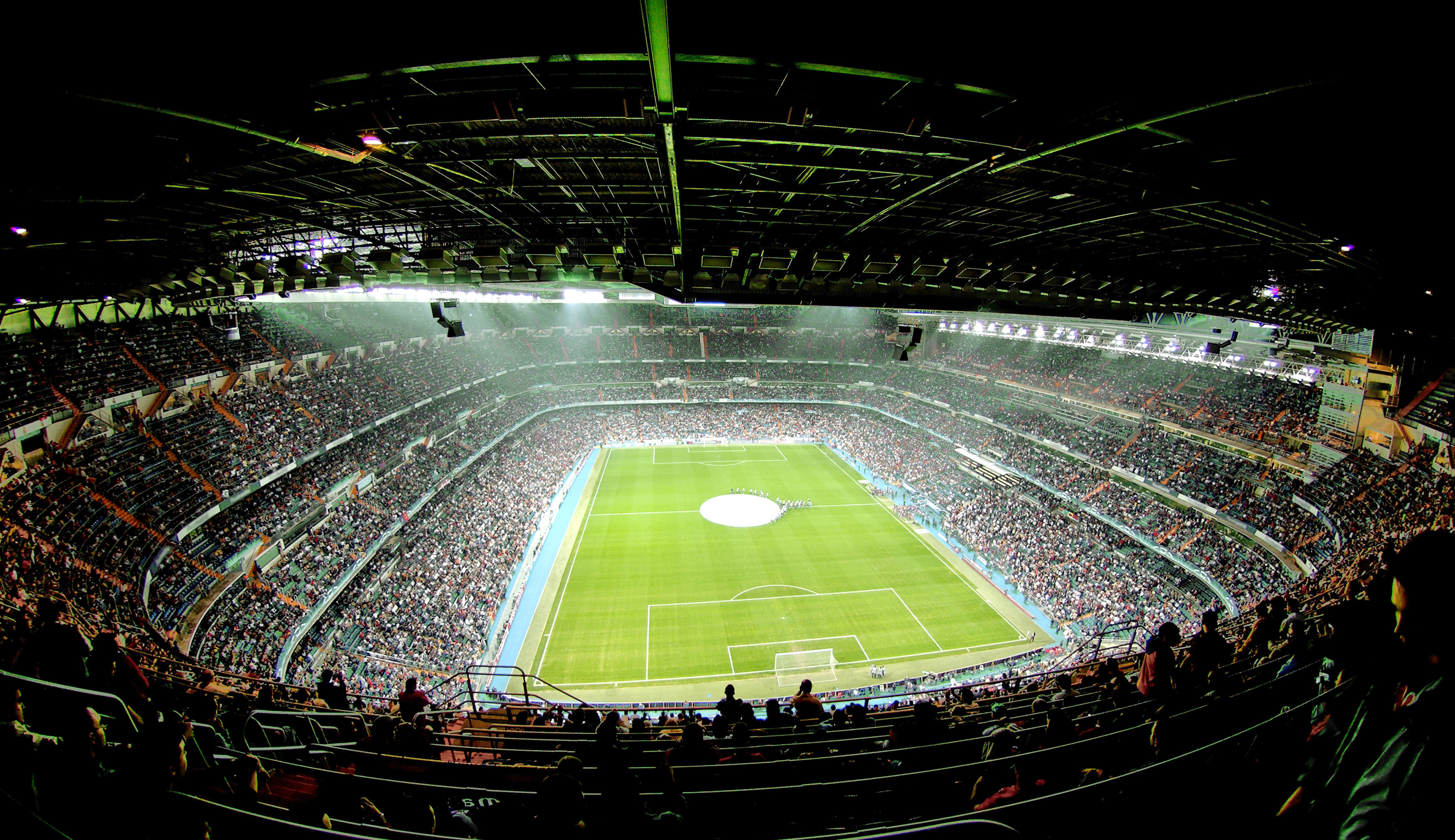As the world cup draws to a close, Brazil’s 7-1 defeat in the semi-finals at the hands of Germany has become the most talked-about sports match in the history of Twitter, with 35.6 million tweets worldwide. With the media spotlight on Brazil’s poor performance on the pitch, we take a brief look at the World Cup’s economic development performance, and the role of football in regeneration here in the UK.
Brazil: losing the economic development match?
It is clear that the 2014 World Cup, and the 2016 Olympic Games, have prompted the regeneration of large parts of Brazil’s urban areas. However, construction work on stadium development and associated infrastructure was beset with delays, cost overruns, lawsuits and corruption scandals, and the event prompted over a million people to join nationwide protests over the course of last year, which focused on the high costs of staging the World Cup, poor public services, corruption, poverty and evictions.
Although the World Cup has led to the development of elite sporting facilities across Brazil, which can create opportunities for budding young athletes and prompt increased attendance at matches for local club teams, there has been criticism that many stadiums have been built in areas without major sports teams, and there may be challenges in transforming these facilities to secure a legacy for local areas. Some argue that while the country will benefit from the short-term input of increased tourism and associated consumer spending, its long-term structural problems will remain unchanged. With protests continuing throughout the tournament, it is clear that many Brazilians feel that public money could be better invested in other areas such as healthcare and education to the benefit of communities.
Getting the ball rolling: football and regeneration in the UK
Football has acted as a catalyst for physical and community regeneration in a range of projects and developments across the UK. Over the past few years, a number of UK football clubs have become involved in delivering community outreach programmes which aim to improve the wellbeing of people in their local areas. Derby County Football Club’s ‘Derby in the Community’ programme has helped 20,000 people a year to participate in physical activity clubs, education and enterprise initiatives, social inclusion programmes and mental health schemes. Manchester City Football Club runs ‘City in the Community’, which works with over 30,000 people a year across 32 projects across themes including skills, health, sport and community cohesion. A report published by New Economy has demonstrated football’s contribution to the development of Greater Manchester, highlighting its role in raising the profile of the area in the media, the increased appeal of the area as a tourism destination, greater engagement of people in an active lifestyle and community activities, and partnerships between clubs, business and local government, which have promoted local economic development.
In addition to football’s contribution to community activities, football stadium construction can facilitate wider development in local areas and create jobs. The redevelopment of Arsenal football club’s old stadium into Highbury Square saw the creation of 650 flats, 70 of which were affordable. The redevelopment was paid for by Arsenal Football club, and was part of a wider project involving the construction of the Emirates stadium, the team’s current home, and a new recycling plant to replace the one on the site of the new stadium. According to the club, the scheme created 2500 permanent jobs, including maintenance workers and staff working at the new stadium and in its conference and catering facilities.
A planning application for the expansion of Liverpool Football Club’s Anfield stadium has recently been submitted by the club, and forms part of a masterplan for the wider regeneration of the area, including housing, business and retail premises, a hotel, new public space, and a range of new community facilities. Meanwhile, plans for a number of stadiums in London could spark new development in the city: proposed stadium developments for Tottenham Hotspur FC, Queens Park Rangers FC and Brentford FC include plans for 200 flats, 24,000 homes and 910 flats respectively, while West Ham’s relocation to the Olympic stadium will provide land for a 700-home village.
At a smaller scale, Pollok United Soccer Academy, in partnership with Glasgow Housing Association, has transformed a derelict football pitch in the Corkerhill area of Glasgow into a state of the art astroturf pitch, which is available for use by the whole community. The new facility delivers coaching activities 28 hours a week, and is available for the remainder of the week to local schools, youth clubs, disability groups, and the general public at no charge. As well as creating opportunities for exercise, volunteering, social and after-school activities, the project has improved people’s views of the community as a place to live, and was shortlisted for the 2013 SURF Awards in community regeneration.
While the legacy benefits of the 2014 World Cup in Brazil remain to be seen, it is clear that in the UK some football clubs are engaging with their local communities to improve health and wellbeing, and that stadium developments and smaller-scale projects are offering the potential to revitalise the areas in which they are located.
Further reading
The beautiful game plan (plans for new football stadiums in London), IN Estates Gazette, (EG London, 7 Jun 2014 supplement), pp12-13,15-16
Mersey mission (housing policy in Liverpool), IN Inside Housing, 6 Jun 2014, pp12-14
Community matters (public health promotion), IN Health Club Management, Jan 2013, pp56-58
Game on (football stadium redevelopment), IN Regeneration and Renewal, 7 Dec 2009, pp20-21
N.B. The full text of these articles is only available to members of the Idox Information Service. Click here for more information on the service.
Share
Related Posts
With information now so accessible, it’s easy to assume that whenever you have a question you can simply tap it into a search engine. But, while the internet and digital search tools are undoubtedly useful for checking basic facts, when ....
Tackling geographical inequalities is critical for ensuring that all parts of the country have the potential to prosper. When the UK was a member of the European Union, it was entitled to a share of funding from the EU’s structural ....
By Ian Babelon A new-old concept for proximity “Are we there yet?” Parents may patiently nod to their children’s insistent nudges on a 20-minute journey to… somewhere. Quite rightly, researchers have asked: twenty minutes to what? The answer may well ....


